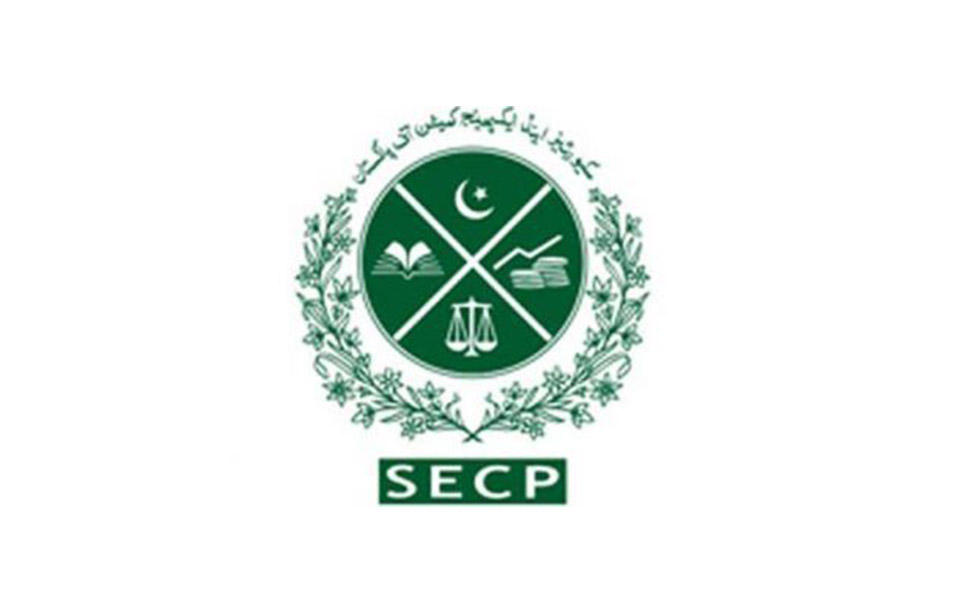By Muzammil Aslam
November 12, 2018 (MLN): Pakistan’s by and large economic worries are driven by trade related issues, which in turn are led by import growth (36% higher from 2016 or up $15 billion). This is almost 80% of FY18 C/A deficit.
Higher import growth over last two years has been led by crude & palm oil prices markup, CPEC related power & electric machinery and massive transport related imports. However, the bulk of contribution was made by Oil related price growth. The sustainability of the above mentioned three variables is challenged by Global trade stand-offs, Geopolitical stand-offs and local policy actions. Let’s draw a synopsis on Pakistan’s trade development
Stand-offs: US vs China, US vs Iran and Saudi vs West
Thanks to Trump’s aggressive trade related measures against China & Iran in particular, and North America and EU in general, the global commodity prices are now ranging between 1 to 3 years low. Pakistan’s major worry is oil prices, which still accounts for 25 percent of import bill. From the recent high of Brent $85 per barrel not far ago in October, the prices have plunged into bear market, to almost $70 per barrel. If oil prices remain on this level or lower, we may be able to cut our import bill by around $2 billion for the remaining part of the year. That’s equivalent to 66% of Saudi help of $3 billion deposit.
Another notable commodity in our oil import list is palm oil imports worth $2 billion. Recently Palm & Soya-bean oil also took a plunge of 20% and this may create a space of $400 million. In line with the trend, other commodities ranging from milk to metals have also reduced by almost 10-30 percent. This may contribute another $500 million in savings.
CPEC: Power & electrical machinery depicting downward trend
Power generating machinery imports have surprisingly dropped by 200% already, in the first quarter, to $191 million from last year’s $585 million. If this trend continues we may close the year at around $800 million, down from last year’s $1.56 billion, saving almost $750 million. Although not significantly, electrical machinery has also depicted a decline from last year and is expected to drop further by 20% or $200 million.
Interest rates & regulatory duty: consumer finance related products may hurt
Lower interest rates had equally stimulated consumer financing and is reflected in huge transport imports. Imports in transport sector surged to $3.2 billion from $1.8 billion in the last two years. However, in the first 3 months, the imports have declined by 20%, thanks to higher interest rates, devaluation and regulatory duties. If the trend persists we may see the reduction in this category by 600-800 million in the ongoing fiscal year.
Last but not the least, if import bills surge, the freight & insurance bill will also move up. Pakistan paid $2 billion last year. It is likely that this payment will be contained to $1.5 billion.
In conclusion, Pakistan’s import bill is likely to shrink by 10-15 percent or $6-9 billion from last year if the current trend sustains. Although, first 4 months depicted hardly any reduction in imports due to lag impact, we may see sharp drop in import bill from December onwards.
In the current scenario, Pakistan’s external account pressures will be massively reduced. Need for hike in interest rates might taper-off sooner than expected. Market will welcome this development once the recently committed funds from Saudi and others start adding to reserves.
Copyright Mettis Link News
24220







